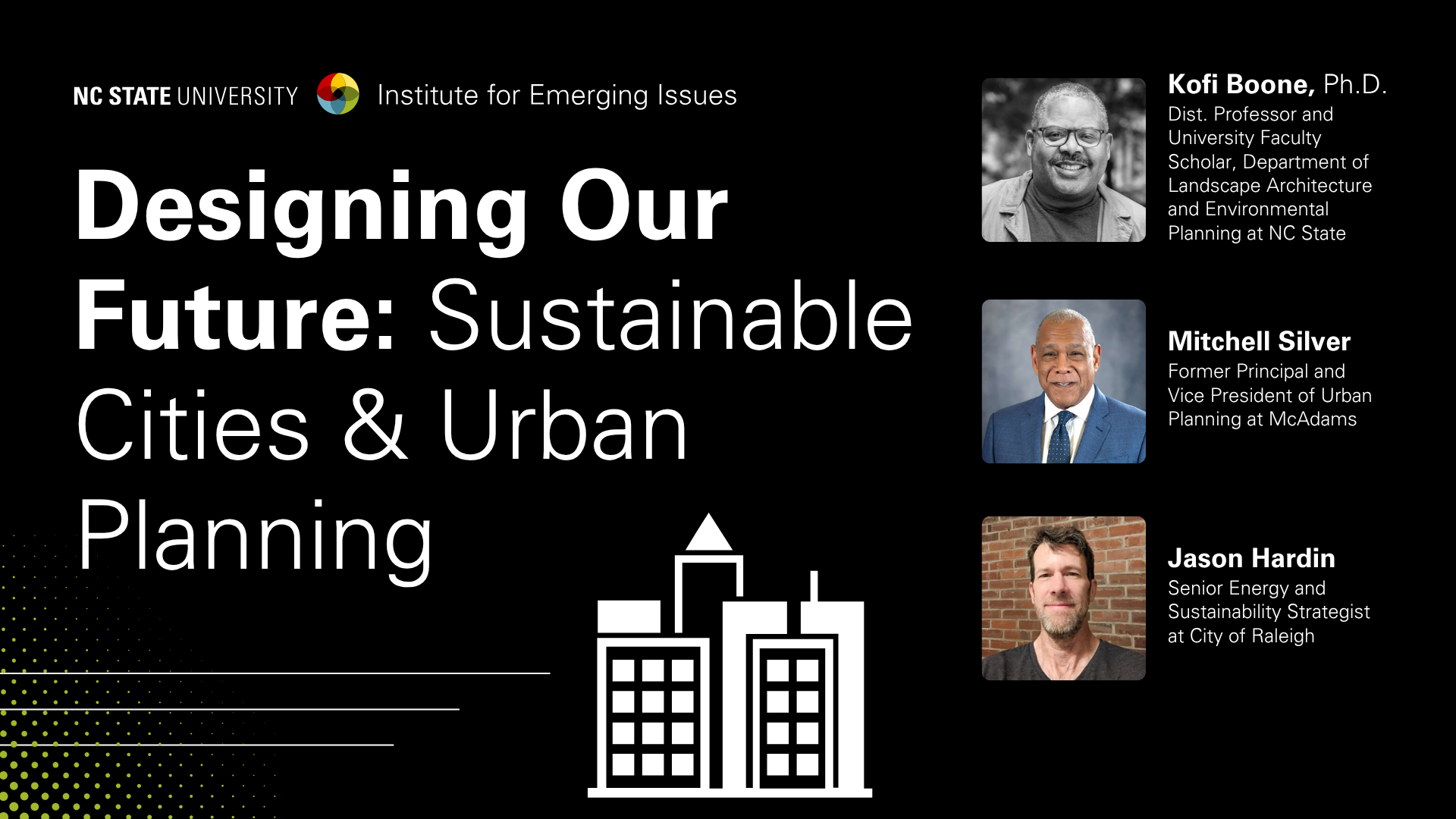Digital Inclusion: A Glossary
Contributed by Trishell Moore, IEI AmeriCorps VISTA
What is the digital divide?
Digital divide is the growing gap between those who have access to the internet and to computers and devices and those who do not. The digital divide often affects certain populations more than others such as: low income households, older adults, black, brown, immigrant and tribal communities, and those with disabilities.
What is digital inclusion?
Digital inclusion refers to the activities necessary to ensure that all individuals and communities, including the most disadvantaged, have access to and use information and communication technologies.
Digital Inclusion has three main components:
- Access to affordable, high-speed Internet.
- Access to a device that meets your needs, typically a computer or laptop.
- Digital literacy or skills so that you can properly use the Internet or device
What is the difference between digital inclusion and digital equity?
Digital Equity is a condition in which all individuals and communities have the information technology capacity needed for full participation in our society, democracy, and economy. Digital Equity is the ultimate goal and digital inclusion helps us achieve digital equity.
What is high speed Internet?
High-speed internet has a minimum download speed of 25 megabits per second (mps) and a minimum upload speed of 3mps.
What is digital redlining?
Digital redlining is the practice of creating and perpetuating inequities between racial, cultural and class groups specifically through the use of digital technologies, digital content and the internet.
What is a digital navigator?
Digital navigator are individuals who address the whole digital inclusion process -home connectivity, devices, and digital skills – with community members through repeated interactions.
Sources
https://www.digitalinclusion.org/definitions/
https://paulschantz.com/2019/10/16/digital-redlining/
- Categories:


